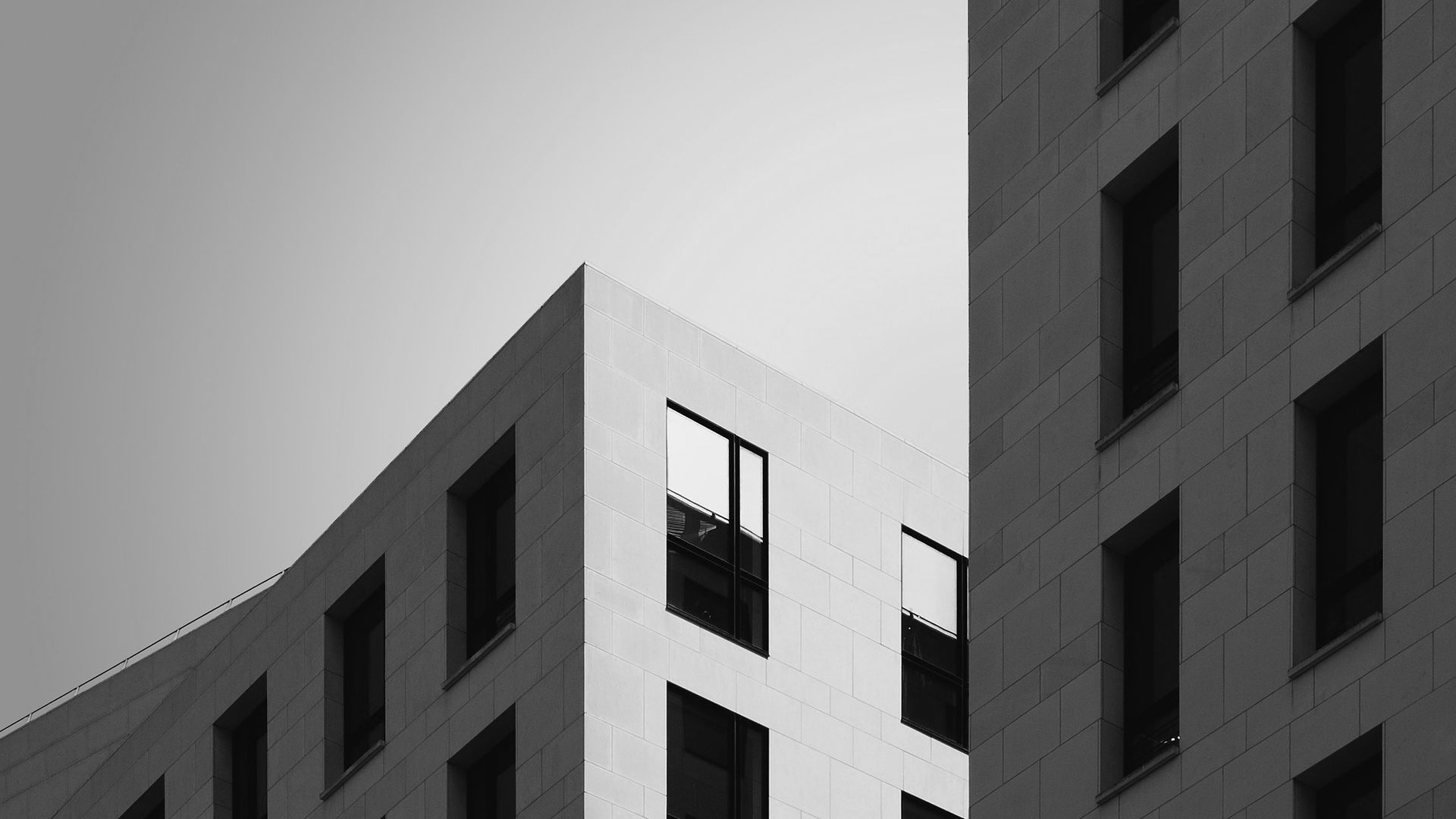Horn Sculpture
- JetArt Gallery
- Sep 22, 2023
- 2 min read
A Towering Tribute to Albanian Heritage and Culture
Introduction
Albania, a land rich in history and tradition, is home to a proposal that seeks to celebrate its vibrant cultural heritage. Nestled in the heart of this beautiful country, an imposing horn sculpture stands tall, offering a powerful symbol of Albanian identity, strength, and resilience. Designed by the visionary artist Jetmir Pjeternikaj, this stainless steel masterpiece, spanning an impressive 10 meters in height and width, has been proposed as a centerpiece for a roundabout by the Ministry of Culture. In this blog, we will delve into the concept and significance of this magnificent horn sculpture, exploring its deep-rooted connections to Albanian culture and the symbolism it carries.
The Horn's Symbolism
The horn has been a symbol of profound significance throughout history, dating back to the Neolithic age. Its phallic shape has made it an emblem of fertility, virility, and physical strength. In the case of Albania, this ancient symbol takes on a unique and powerful meaning. The Albanian people have a long history of resistance against occupation and invaders, and the horn sculpture serves as a testament to their enduring spirit.
The horn is a symbol that embodies the frontier yet native population of Albania. It encapsulates the resilience and courage of a people who have consistently defended their homeland throughout the centuries. Just as the horn is unyielding and steadfast, so too are the Albanian people in the face of adversity.
A Symbol of Good Luck and Protection
The horn holds even more significance beyond its representation of strength and resilience. It is also a symbol of good luck. In the neighboring country of Italy, where the artist Jetmir Pjeternikaj grew up, the concept of the Evil Eye has deep cultural roots. The Evil Eye is believed to bring misfortune and harm to those who fall under its malevolent gaze, often fueled by jealousy or envy from others.
To ward off this curse, Italians use a protective amulet known as the Italian horn. This slender and twisted horn-shaped amulet is typically made from red coral, silver, or gold and is worn on a chain around the neck or hung indoors. It is said to deflect the Evil Eye, offering protection to the wearer. This Italian tradition bears a striking resemblance to the horned animal, a symbol associated with ancient moon goddesses in various cultures.
The Albanian horn sculpture, through its towering presence and gleaming stainless steel structure, serves as a protective talisman for the entire community. It stands as a guardian against negativity and harm, embracing the Albanian people with a sense of security and well-being.
Conclusion
The proposed horn sculpture by Jetmir Pjeternikaj is not merely a work of art but a profound representation of Albanian heritage, strength, and protection. As it stands proudly at the center of a roundabout, it will become a symbol of national pride and a beacon of hope, reflecting the resilience of the Albanian people throughout history. In a world filled with challenges, the horn sculpture reminds us of the enduring power of culture, tradition, and the human spirit. It is a towering tribute to Albania's rich past and a promising symbol for its bright future. #AlbanianHeritage, #ArtistryInSteel, #CulturalSymbol, #JetmirPjeternikaj, #AlbanianPride, #ResilienceThroughArt, #GoodLuckCharm, #ProtectiveTalisman, #PublicArt, #RoundaboutSculpture, #HornOfStrength, #EvilEyeProtection, #AlbanianCulture, #ArtisticExpression, #NationalSymbol, #SculptureConcept, #HeritagePreservation, #AlbaniaLandmark, #StainlessSteelArt, #CreativeVisions

.png)























Comments